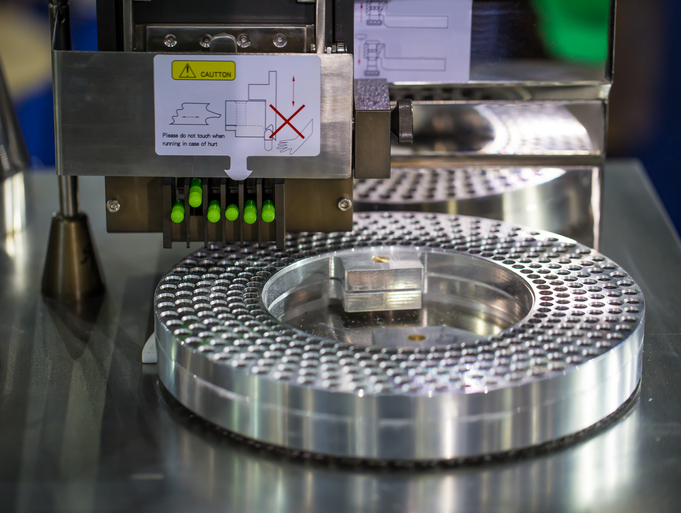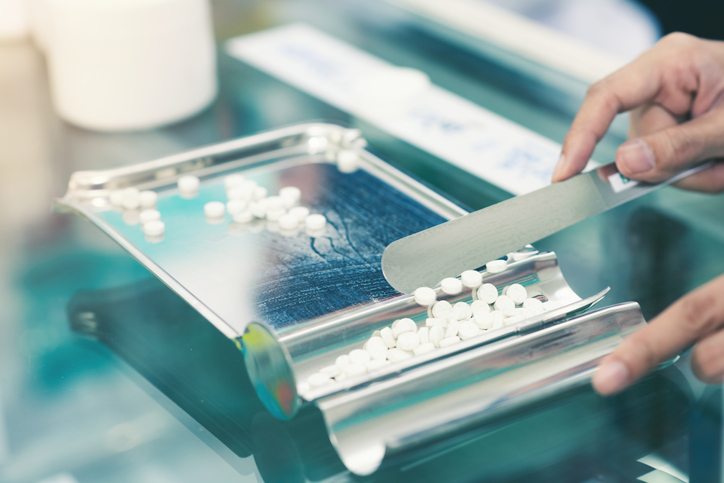
In recent years, some intriguing technological advancements have arrived within the pharmacy industry. As a result, various processes have become easier for those working in pharmacies, as well as helping to improve pharmacy services to customers. These advancements have made it easier for pharmacy employees to keep records, provide information to clients, monitor prescriptions, and automate refill requests—allowing for more efficient ways to keep clients safe and healthy.
Even if concerns exist that these forms of technology could take jobs away from people in the pharmacy industry, it does provide interesting insight on what the future of this field could look like. Here’s what you need to know about the impact of technology in pharmacies.
Different Ways Technology Is Helping the Field of Pharmacy to Evolve
As much as the advancement of technological resources can be challenging for people in any industry to adapt to at first, the changes being seen in pharmacies appear to be worth that adjustment period. For example, dose counting for medication is increasingly being done automatically, which allows the verifying of the quantity of individual doses to be sorted and verified more quickly than ever before. Machines have been built to take care of this precision-based task, with errors showing up if there are any discrepancies. With these advancements in mind, students who have done their pharmacy assistant training can apply what they learn about dosages and dispensary to these new technologies.

An ADC (automated dispensing cabinet) also allows for the storage and dispensing of medications in hospitals, taking the burden of filing prescriptions off of hospital staff. Systems for e-verification have gotten more sophisticated and efficient. What once required many different steps to be done manually (writing info, filling prescriptions, having them verified by pharmacists) has become less time-consuming and easier to process. There are also devices to remind clients of their medications, which lock after taking their required dose in order to avoid misuse. The proliferation of smartphone apps that are capable of providing information on prescription drugs are another great example of this type of technology.
Why This Evolution Is Important, Explained for Pharmacy Assistant School Students
These kinds of advancements are certainly a boon for improving pharmaceutical efficiency, as well as making the process of verifying and preparing drugs faster. They can also reduce errors with medication and prescription filling that would otherwise be made by humans, therefore improving safety for clients. Pharmacy assistants can save time they’d otherwise be spending counting pills or updating files, for example, while the pharmacists they work under can have more time available to help clients with their health concerns. Monitoring prescriptions also becomes easier, as well as the identification of excessive use of medications.

As great as these advancements are from a technological standpoint, some may argue that these modernizations may cause problems for students taking a pharmacy assistant course who want to find work in the field—taking the view that certain jobs may be replaced outright by automation. However, humans will almost certainly always need to be relied upon to do one last verification check on the drugs that have been put through these advanced systems, as technology isn’t always foolproof. Regardless, these technological advancements could help expand what pharmacy services are available to citizens, as well as improving the care that they receive.
Want to attend pharmacy assistant school?
Contact Medix College today to find out more!




